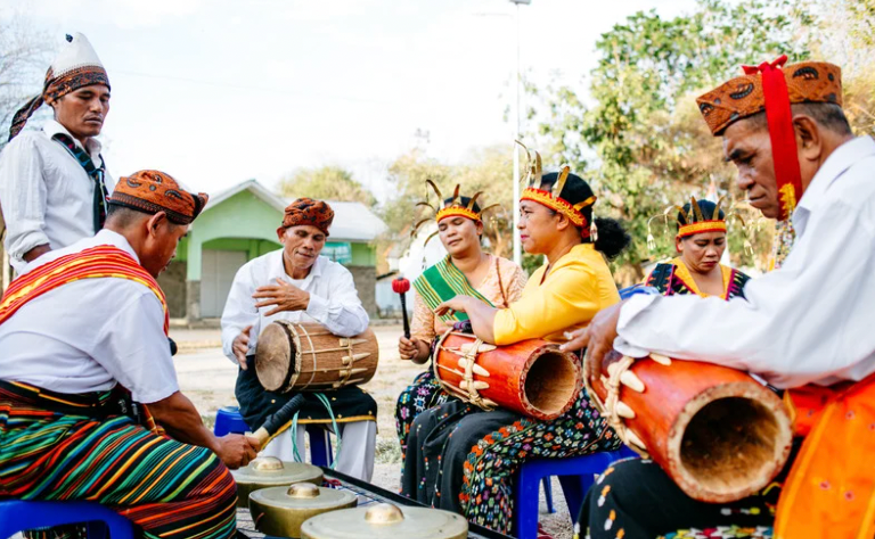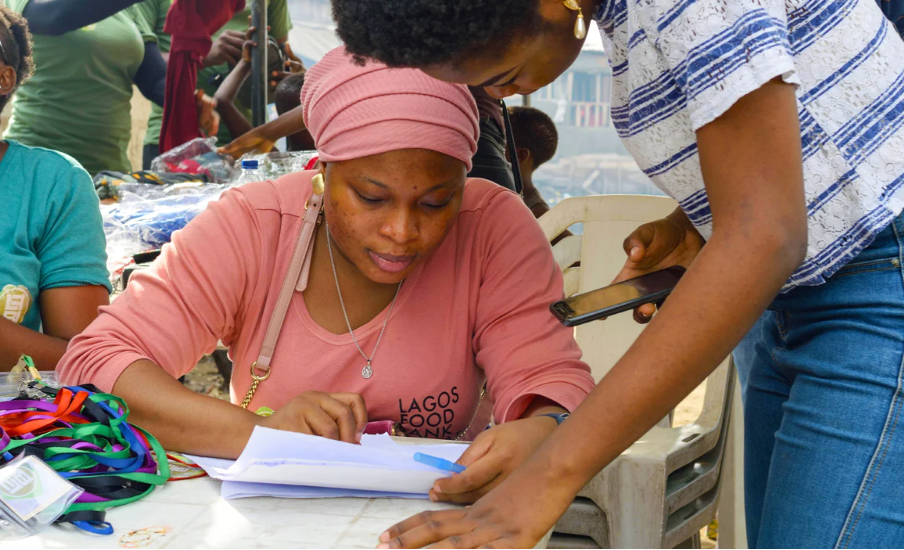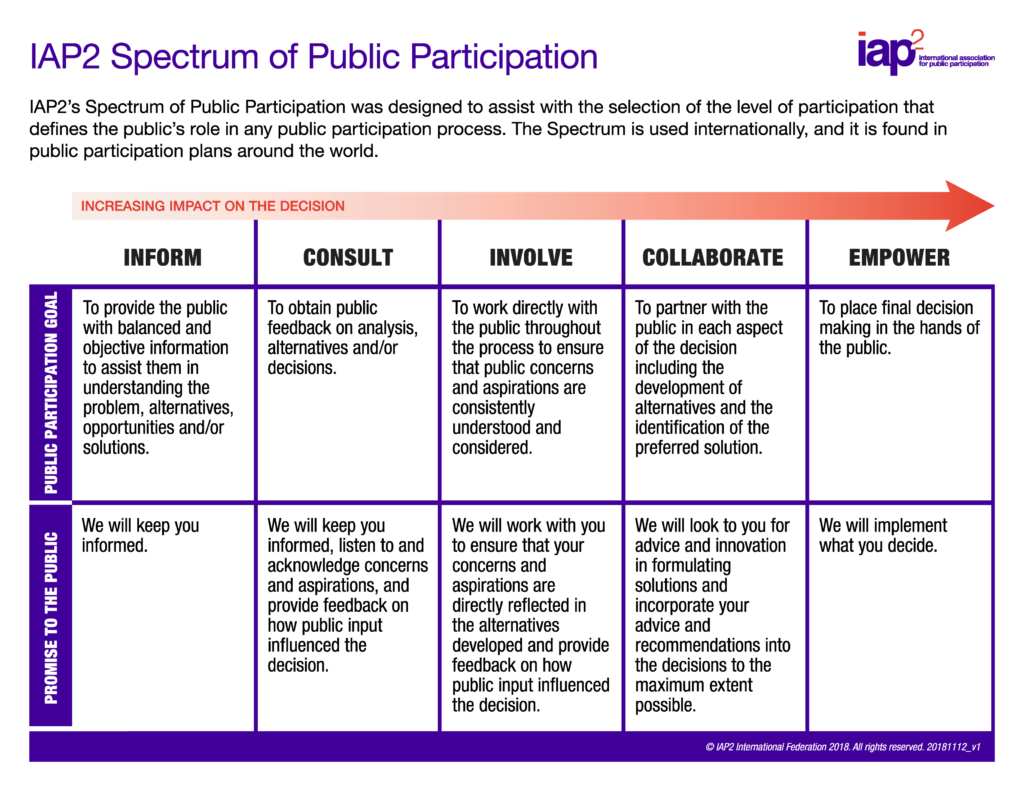By Aygun Ibrahimova, guest editor
Picture yourself on a quest: You must drive to an unfamiliar destination that is hundreds of miles away. If you have a rough idea of where the location is, you could start driving and hope that you find your destination. But it is more likely that you will open Google Maps and type in the address to get directions.
Just like a GPS guides us through unfamiliar places, cultural competence can help health communicators navigate the diverse cultural landscapes of the communities they serve. In this blog post, I explore culture-centred approaches for communicating public health information to diverse audiences.
Understanding the roadmap of culture
When we see the word “culture,” we tend to think of specific racial or ethnic groups—typically those who are different from us. But the reality is, everyone has a culture. Culture goes beyond just race and ethnicity. It involves shared beliefs, norms, values, and principles that shape how groups identify themselves, live, and communicate.

Culture encompasses a wide array of shared values, practices, and traditions within communities. Image by Sony Feo from Pexels on Canva.
The importance of a culture-centred approach to public health communication
Research consistently shows that cultural factors can shape health outcomes. People’s cultural background can influence their health-seeking behaviour. For example, some may prefer or have more confidence in traditional healers rather than western medicine. To design effective public health interventions, we need to think about the culture of the communities we work with.
Abier Hamidi, a PhD candidate studying cross-cultural communication at Bournemouth University, uses what she calls a “culture-centred” approach to communication. She has seen first-hand how integrating culture into health communication can result in increased community engagement and participation in her research on HIV awareness among married women in Libya.
By using Facebook, which is popular in Libya, creating posts in Arabic, and ensuring the anonymity and confidentiality of survey responses, Hamidi used a culturally relevant communication channel that was tailored to her target audience (Libyan women). This approach fostered trust, increased response rates, and led to more comprehensive data collection.
Hamidi explains that the goal of culture-centred communication is to “empower marginalised communities to voice their health needs and co-create solutions that are relevant, respectful, and responsive to their contexts.” In practice, it means respecting the target audience’s cultural background and values so that the participants feel more comfortable sharing their thoughts or concerns. This way, the health communicators actively make solutions that work for their communities.
Practical strategies for a culture-centred approach to public health communication
Culture-centred communication can be challenging, but it is possible. Health communicators can bring cultural sensitivity into their outreach through six simple steps.
1) Identify the health issue and concerns of the target community
Use academic literature or existing data to find information about the health issues and concerns of your target audience. For example, if you are designing a culturally tailored diabetes education program targeting a specific community, you might begin by searching PubMed or Google Scholar for research on the prevalence of diabetes in this population. You can also read up on the cultural norms and dietary habits of the community to better determine culturally adapted lifestyle interventions.
If information is missing, conduct your own health needs assessment by gathering data in the community you will be serving. You can do this by observing, interviewing, or surveying community members and stakeholders.
Complement this research with reflexivity. Answer these questions to better understand your target community:
- Who is my audience?
- What are their cultural backgrounds and contexts?
- What languages do they speak?
- Where do they live?
- What are their values?
- How do various aspects of their identity, such as gender, socioeconomic status, and cultural background shape their experiences?
- Are there factors that impact their ability or willingness to engage with your communication campaign?

Effective communication begins with understanding the needs, beliefs, and practices of the community you are trying to reach. Image by Lagos Foodbank Initiative from Pexels on Canva.
When working with a hard-to-reach community, you might not be able to answer all these questions. If you need to make assumptions to fill in the gaps, be sure to consider your own viewpoint and biases to avoid perpetuating stereotypes.
2) Engage community members and stakeholders
Create an engagement plan that allows you to interact with community members and stakeholders in diverse ways, at various stages, and to differing degrees.
There are five types of engagement, each involving a different level of audience participation. They are Inform, Consult, Involve, Collaborate and Empower. The right approach will depend on your goals and your audience. For example, if you want to get feedback on a proposal, engaging the audience through a Consult approach would be appropriate. But if you aim to co-create an intervention with them, you will take a Collaborate or Empower approach.

Public engagement can take many forms. Finding the approach that works for you and your target audience is key to effective, culturally centred communication. Image: Spectrum of Public Participation ©International Association for Public Participation (IAP2) International Federation 2018. All rights reserved. Used with permission.
Whichever approach you choose, it is important to confirm that it is appropriate by checking with stakeholders. Consider whether the strategy fits the context and needs of the community. For example, you may plan to do an online survey with your target population but learn from stakeholders that this method is not suitable for a population with limited access to technology.
3) Conduct a cultural competence assessment and develop a plan to address gaps
Conduct a cultural competence assessment after familiarizing yourself with the target community. A cultural competence assessment includes taking a closer look at how well you understand and respect cultural differences. For example, you can assess your skills, knowledge, and attitudes towards the target population. Completing this step will help you identify areas for self-improvement before continuing your research.
Your assessment should guide you as you formulate a plan to address any gaps in your cultural competence. You may discover that your team needs more training or educational initiatives. You may realize that your communication methods are not culturally sensitive towards your target community. Identifying and addressing your own blind spots is essential for working with your target community.
4) Co-create a culturally relevant communication intervention
Collaborate with the target community to make a communication intervention for the health issue. You may consider many different forms like art, storytelling, or digital/print media. Throughout the process, ensure that the intervention resonates with the community. Consider their values, beliefs, and principles. Otherwise, your outreach will fail.
In 2020, the Qatari government made COVID-19 related pamphlets targeting Bengali migrant workers. The pamphlets focused on prevention techniques like washing hands and limiting contact. But they did not consider the significant issues facing the workers—over-crowded living spaces and low wages—which contributed to people getting sick. As a result, this communication strategy was not relevant to, appropriate, or empowering for the community. Collaborating with community members can help you avoid this common pitfall and create more meaningful and impactful messages.
5) Tailor your language to align with community needs
Consider your target community’s local culture, beliefs, and customs. This will increase the intervention’s effectiveness and acceptance. This also includes language. Communicating in the community’s preferred language will help them understand your health messaging. And avoid jargon. Remember, not everyone has a background in health, so use familiar terms or expressions to communicate more clearly.
6) Evaluate the impact and effectiveness of the intervention
Assess how well the intervention is working by analyzing quantitative and qualitative data. This could involve conducting interviews, focus groups, or other culturally appropriate methods for seeking feedback from community stakeholders.

Evaluating the impact and effectiveness of your communication should be an ongoing activity. This allows you to make changes throughout your information campaign. Image by Andrey Popov from Getty Images on Canva.
Ideally, integrate evaluation and feedback throughout the campaign—not just at the end. By evaluating the effectiveness of the intervention in an ongoing way, you can adjust and improve it in real time. This increases the probability of long-term success and sustainability.
The road ahead
Whether you are just starting out or an experienced health communicator, let these six simple tips be your roadmap to mastering cultural competence. Health communication can take us to new and unexpected destinations. It is easy to get lost along the way, but with the right guidance, your journey can be enjoyable and productive—for you and your audience.
Safe travels!
Aygun Ibrahimova is a Master of Public Health student who is passionate about promoting health equity through culturally competent interventions. She has been involved in the field of public health over the past several years, most recently working on a project aimed at preventing Shaken Baby Syndrome through culturally tailored educational materials for immigrant families in Canada.
Feature image: Culturally centred health communication is a journey. Developing cultural competence can help you navigate the road ahead. Image by Aitoff from Pixabay on Canva.




